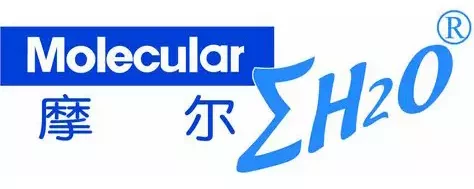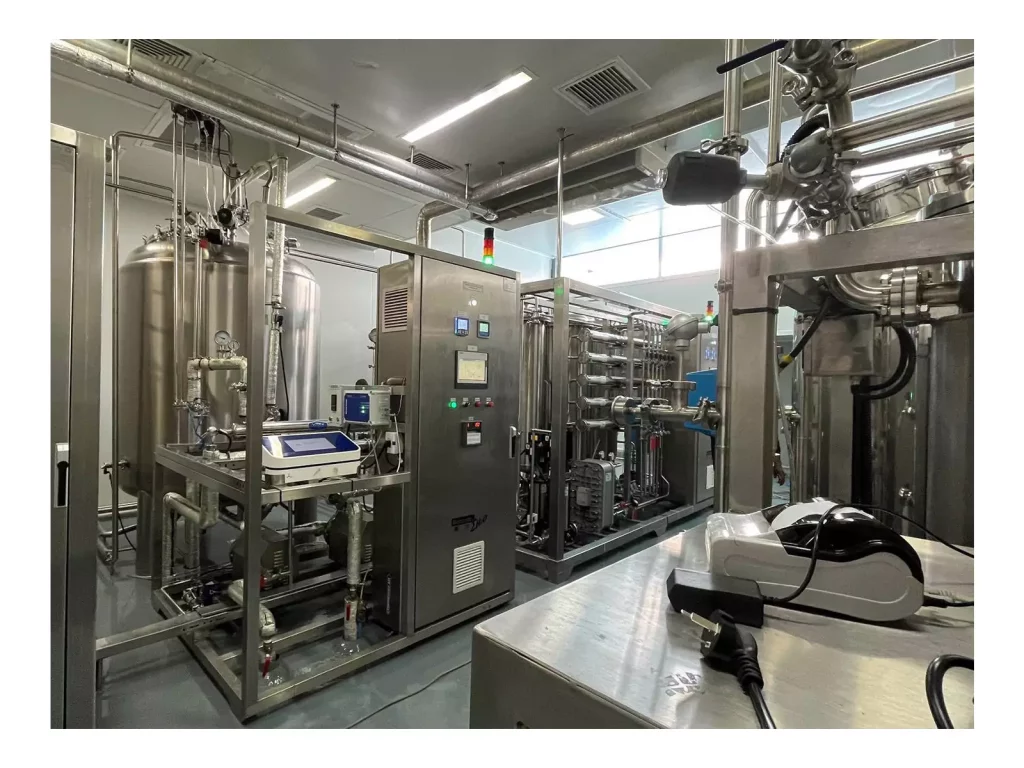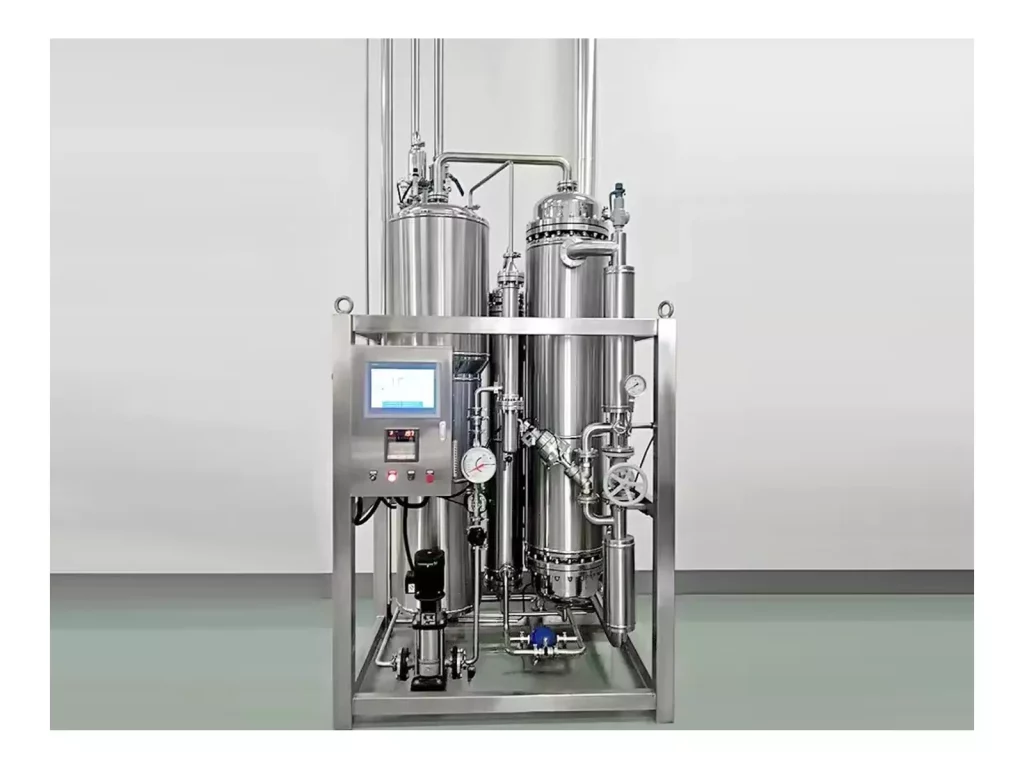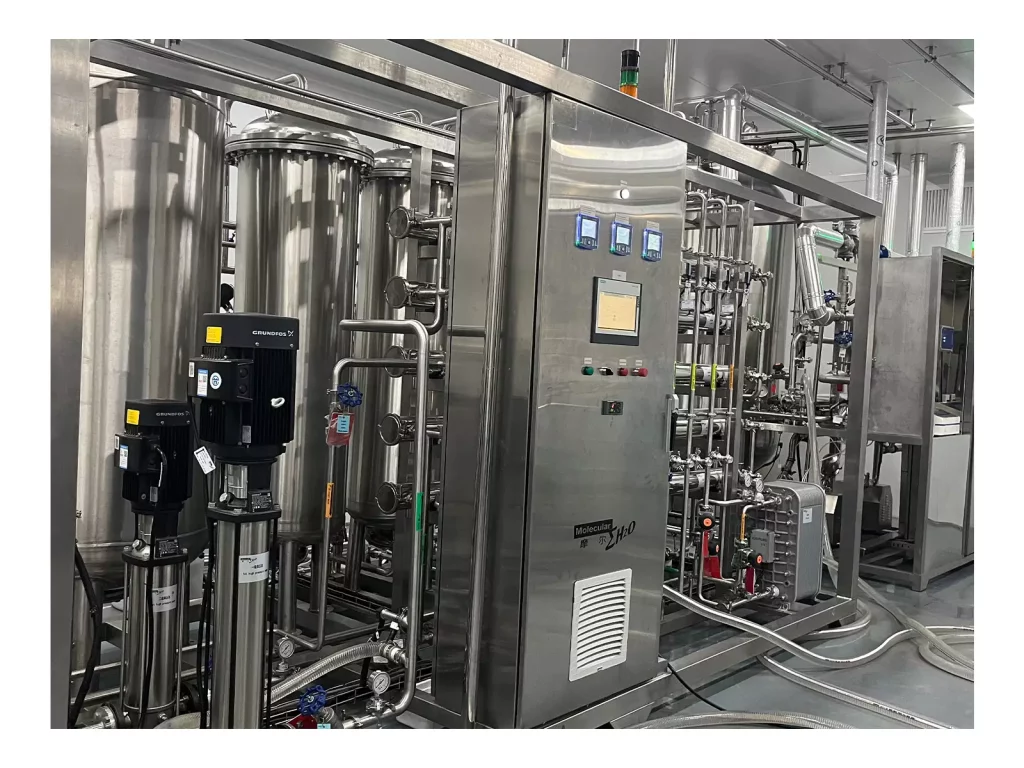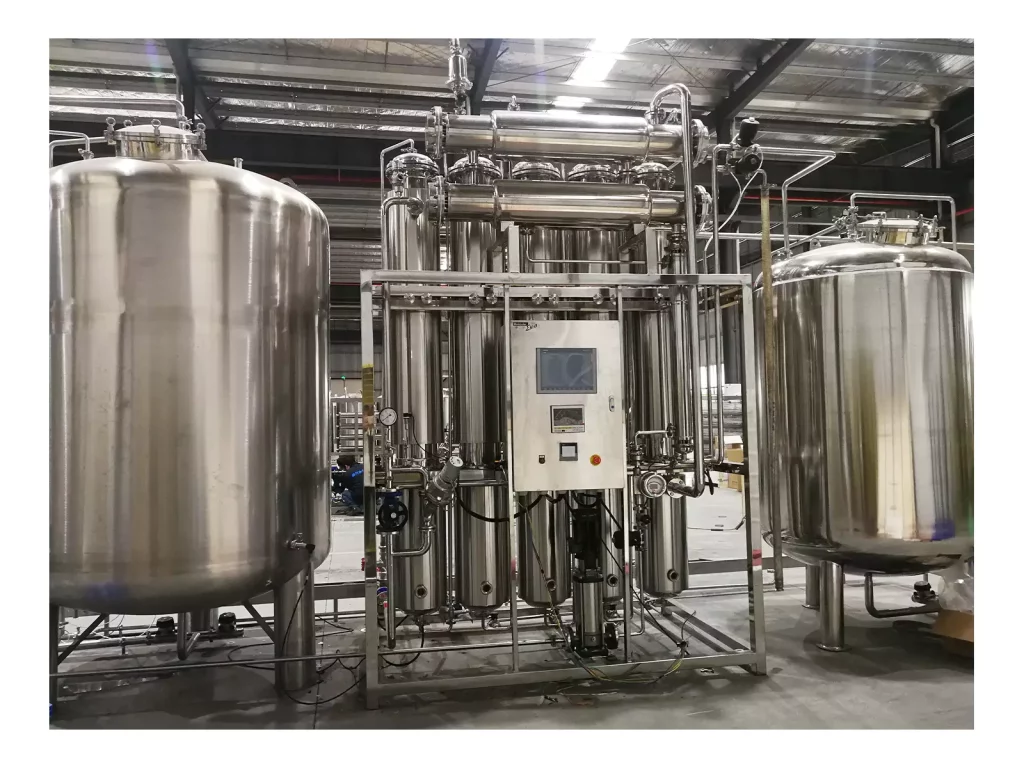During the process of medical treatment or drug use, many people will see an unfamiliar name on the drug instructions: Bacteriostatic Water for Injection. Although this sounds like a medicine, you might be surprised to find that it is neither an ingredient for treating diseases nor can it be injected alone. So what exactly is its function? Why do many injectable drugs rely on it?
If you are confused by these questions, this article will answer them one by one for you. Starting from the most fundamental concepts, we will delve into its practical uses, applicable groups, usage methods and precautions to help you truly understand its significance of existence.
What Is Bacteriostatic Water For Injection?
Bacteriostatic Water for Injection (hereinafter referred to as bacteriostatic water) is a sterilized water for injection. Its most distinctive feature is that 0.9% Benzyl Alcohol is added to the water as a preservative. The function of this preservative is to inhibit bacterial growth, so it can be punctured and used multiple times after opening, unlike ordinary sterile water which can only be used once.
It is not a drug for treating diseases, but a drug solvent or diluent, mainly used to dissolve freeze-dried powder or concentrated liquid drugs into injectable forms.
It should be particularly noted that bacteriostatic water itself cannot be directly injected into the human body. It must be used in combination with other injectable drugs. Injection alone may cause side effects or ineffective treatment.
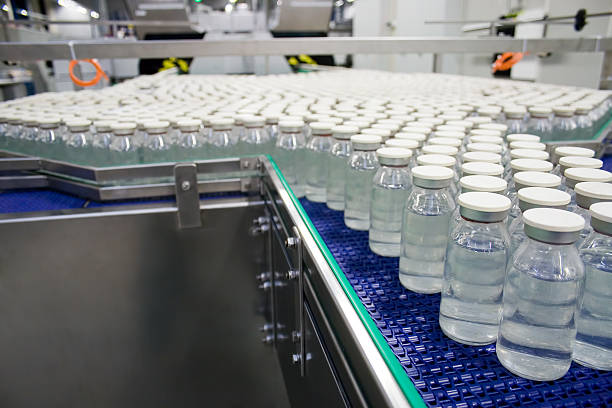
What Exactly Is Bacteriostatic Water Used For?
This is the most crucial and most concerned issue. The following are several main uses of it in practical applications:
1. Used as a drug diluent
Many injectable drugs, especially some hormone, antibiotic and growth factor drugs, are packaged in powder or high-concentration liquid form when they leave the factory. To facilitate absorption by the human body and reduce irritation, it is necessary to dilute it with a special diluent before injection. Bacteriostatic water is one of the common and safe choices.
For example:
- Testosterone drugs in testosterone replacement therapy
- HGH
- HCG (Human chorionic Gonadotropin)
- Antibiotics such as cephalosporin freeze-dried powder injections
2. Reconstitute the freeze-dried powder
Freeze-dried powder refers to the process of converting drugs into powder through freeze-drying technology in order to better preserve their activity. Before use, it needs to be dissolved with liquid to become an injectable liquid form. Bacteriostatic water can be used as this “additive solvent” to ensure the rapid and stable dissolution of the drug.
Compared with ordinary sterilized water, bacteriostatic water, due to its antibacterial function, can maintain the hygienic environment of the liquid medicine during multiple extractions and reduce the risk of contamination.
3. Supports multi-dose preparations
Many drugs may need to be used in several doses, and each time the bottle is opened or punctured, there is a risk of introducing bacteria. Because bacteriostatic water contains preservatives, it is suitable for preparing drugs that need to be reused repeatedly.
For example:
- Hormone therapy that requires several injections per week
- Dilution of multiple doses of vaccine
- When preparing drugs for different patients in medical institutions
Tips: Although it supports multiple uses, after opening the bottle, it still needs to follow the valid usage period (usually no more than 28 days), and the operation must comply with aseptic standards.
4. Reduce the risk of pollution and enhance the stability of drugs
Injectable drugs are extremely sensitive to contamination. Once contaminated by bacteria, their efficacy may decline at best, and severe infections may occur at worst. bacteriostatic benzyl alcohol in water can inhibit bacterial growth and is especially suitable for drug preparation scenarios that require multiple extractions, effectively reducing the possibility of contamination.

Who Would Use Bacteriostatic Water?
Although it is not a medicine, it is widely used in medical treatment and health management. The users include:
1. Clinical medical staff
In hospitals or clinics, nurses and doctors need to frequently prepare injection solutions. The use of bacteriostatic water can enhance the efficiency of drug preparation and ensure safety during multiple uses.
2. Patients receiving injections at home
Patients with diabetes and those undergoing hormone replacement therapy (such as TRT) often need to receive regular injections at home. If you need to prepare the medicine by yourself, choosing bacteriostatic water as the diluent can make the use more flexible and also reduce the risk of contamination caused by repetitive operations.
3. Fitness and muscle-building individuals (under legal usage conditions)
Some fitness enthusiasts who use injectable hormone supplements in compliance with regulations need to prepare multiple doses of medication. Bacteriostatic water is also one of the frequently used auxiliary products for them.
4. Animal medical practitioners
Veterinarians often use bacteriostatic water to dilute or reconfigure drugs when handling animal injections.
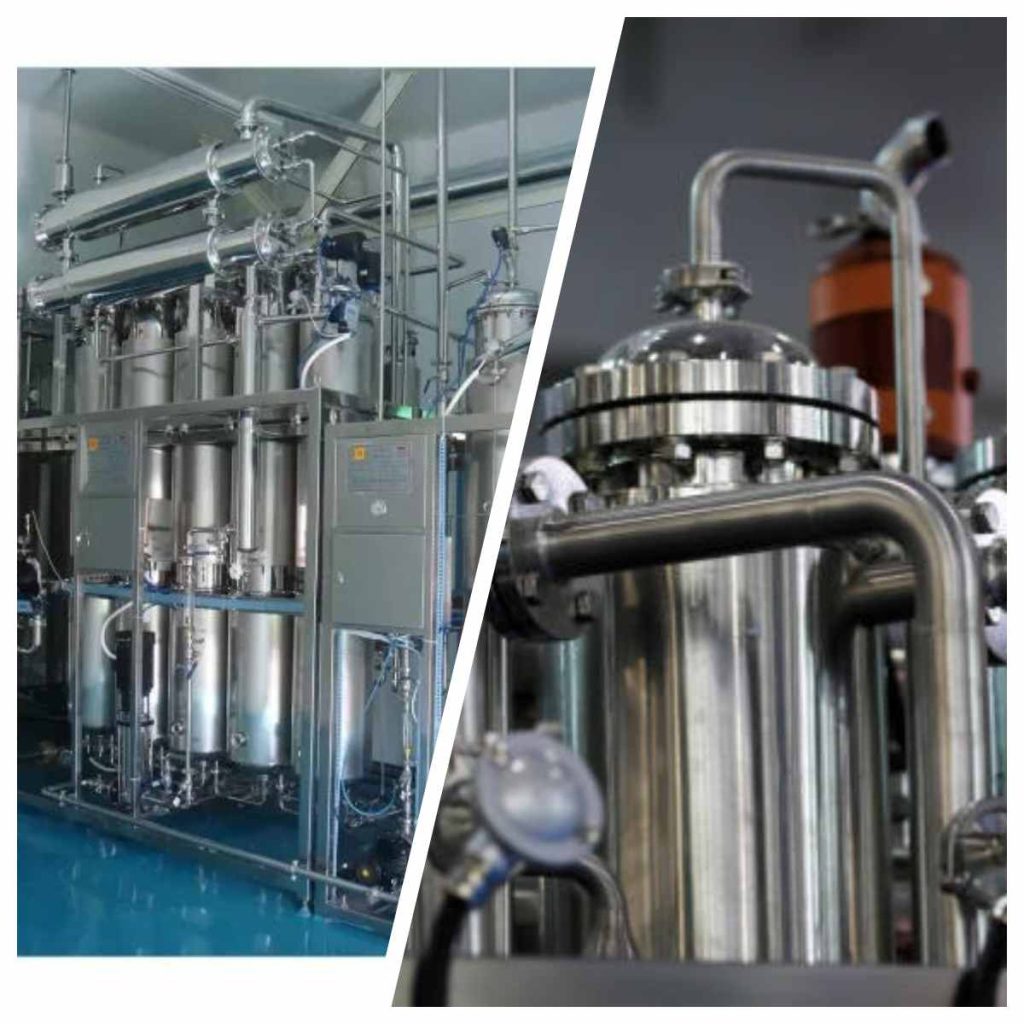
Key Considerations For Using Bacteriostatic Water
For safe and effective use, the following points must be kept in mind:
- Use a sterile syringe to draw the liquid medicine and avoid contaminating the bottle mouth.
- Store in a dry and cool place, away from direct sunlight.
- It is suitable for intramuscular and subcutaneous drug preparation, but not for intravenous injection itself.
- People with a history of allergies should pay attention to the benzyl alcohol content.
Common Problems And Usage Misunderstandings
Q1: Can bacteriostatic water be injected directly?
No. It is only a solvent and must be used in combination with specific drugs. It cannot be injected into the body alone.
Q2: What’s the difference from Sterile Water for Injection?
- Sterile Water: preservative-free, for single use only.
- Bacteriostatic Water: Contains benzyl alcohol preservative, supports multiple punctures, but is not suitable for sensitive groups such as newborns.
Q3: Can all drugs be diluted with it?
Not necessarily. Some drugs are sensitive to benzyl alcohol. It is necessary to refer to the instructions or consult a doctor to confirm their compatibility.
Q4: How long can it be used after opening?
It is generally recommended to use it up within 28 days, provided that the storage conditions are appropriate and it is ensured to be sterile during use.
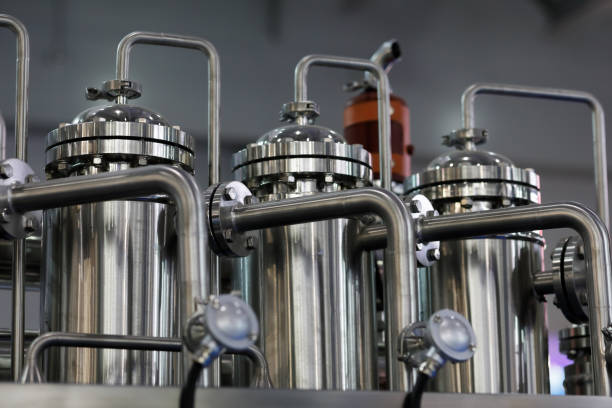
Final Words
Bacteriostatic Water for Injection is a seemingly insignificant but very crucial medical aid. It is not only a good helper for the preparation of injectable drugs, but also a guardian ensuring the safe use of drugs.
Understanding its true function can help you avoid detours when using injectable drugs and prevent risks caused by misunderstandings or misuse.
If you are looking for high-quality medical pure water systems or pharmaceutical water solutions, welcome to learn about Molewater – we focus on multi-grade water treatment systems and provide professional, safe and reliable service support for hospitals, pharmaceutical, laboratories and more.
